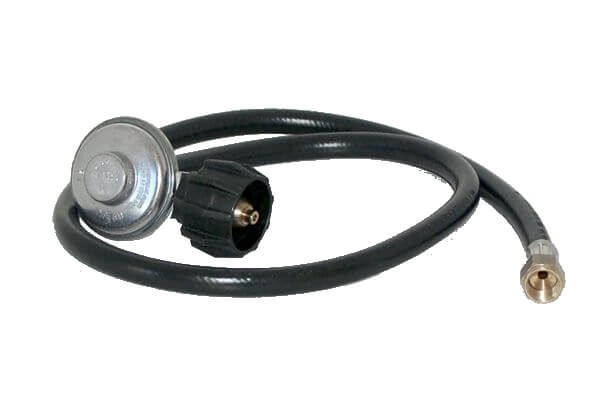Hello fellow grill fanatics and welcome to the first warm breath of air in 2015! Was this weekend not beautiful!?
I cannot wait to get our grill back into working order for the Spring and Summer seasons! Did you know that right now is the best time to pull out your grill and check it for working parts?
Keep the grill you love in your backyard and out of the landfill this year by replacing the old parts instead of the whole grill! You will save money and, in many cases, end up with a grill that works better than ever!
Here’s your checklist for Grill Spring Cleaning:
- Remove cover (carefully) and make sure there are no bugs who used it as their cover over the winter! Don’t have a cover for your grill? You should definitely get one! Covering your grill will help it cook better for longer!
- Look on the back of the grill for a model number. This will help immensely as you look for replacement parts on the internet.
- Take the cooking grids off your grill and inspect them. Your grid could be cast iron, steel bar, or stainless steel and coated in a variety of things. It might be hard to determine any of that if you have rusting or other corrosion. Clean the grids with a Brass Bristled Brush. If you notice a large amount of rusting or any breakage, put them on your list to replace!
- Under the grids you’ll see some system that covers the actual flame of the grill burners. This could be metal heat plates, shields, angles, or another grate that holds briquettes. Drippings and the heat of normal grilling will cause these to discolor and corrode. Since your food doesn’t go on these directly, you don’t need to worry about rust. However, if your heat plates have large holes, are breaking or if your grates don’t hold up the briquettes, it’s time to replace those as well.
- Remove the heat plates or briquettes and you should be looking down on the burner system in your grill. With the hood open, light your grill. The burners should each light up and produce a consistent blue flame all along the outside of the burner. If you have any extra large flames, yellow flames, or burners that don’t light fully, you should may need to replace the burners. Any large holes or major corrosion is cause to replace these pieces. If the burners look great, but you’re not getting enough flame, it could be your gas source, valve or regulator.
Call our customer service to help you today! If you can’t find your gas grill model number, measure the parts you need to replace. Our phone number is 877-244-0737.
And as always – Happy Grilling! –GG










